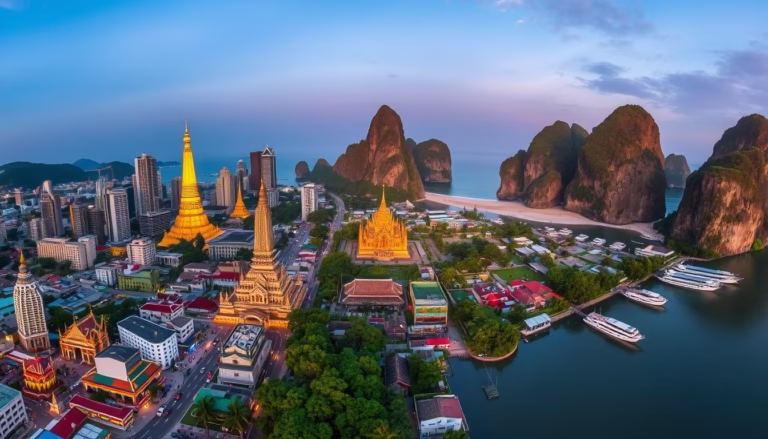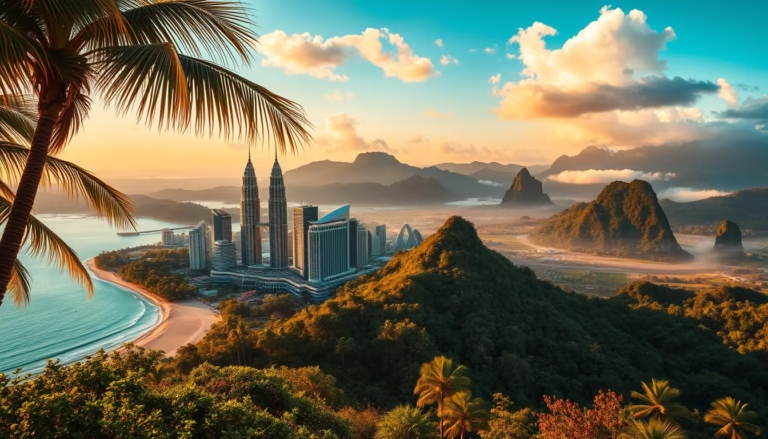Top Best Cities to Visit in Norway for Travelers
Norwegians spend over 80% of their free time outdoors – a staggering statistic that explains why this Scandinavian nation ranks as the world’s second happiest country. This deep connection with nature shapes Norway’s unique urban landscapes, where modern cities blend seamlessly with dramatic fjords and Arctic wilderness.
From the colorful wharves of Bergen to the northern lights capital of Tromsø, Norwegian destinations offer more than postcard views. Each location serves as a gateway to iconic experiences like hiking Pulpit Rock or cruising through Sognefjord’s crystalline waters.
What makes these urban centers truly special? They combine cutting-edge Scandinavian design with centuries-old fishing traditions. You’ll find Michelin-starred restaurants overlooking 13th-century harbors and sauna complexes nestled beside contemporary art museums.
Key Takeaways
- Norway’s cities serve as perfect bases for exploring natural wonders
- Urban areas blend modern architecture with historic landmarks
- Unique seasonal activities available year-round
- Efficient public transportation connects urban and rural areas
- Local cuisine reflects coastal and mountain ecosystems
- Compact city layouts prioritize walkability and accessibility
This guide reveals how to experience Norway’s signature work-life balance through its urban hubs. You’ll learn where to find vibrant cultural scenes minutes from serene hiking trails, and how to plan trips that capture both cosmopolitan energy and untouched wilderness.
Introduction to Norway’s Enchanting Destinations
Norway’s landscapes tell a story millions of years in the making. Glaciers carved deep fjords with waterfalls that plunge into sapphire waters, creating UNESCO World Heritage sites that dominate the western coast. These natural masterpieces offer more than scenery – they’re living classrooms where geology meets adventure.
The country serves up four distinct regions, each with unique charms. Arctic tundras glow under northern lights in winter, while summer brings endless daylight to hike flower-carpeted valleys. Coastal places reveal fishing villages clinging to cliffs, and mountain passes lead to hidden glacial lakes.
What sets Norway apart? Urban areas merge with wilderness in surprising ways:
- Historic docks sit beneath ski slopes
- Modern art museums neighbor Viking burial sites
- Efficient ferries connect islands to mainland hubs
For tourists, this means swapping crowded attractions for authentic moments. Kayak past porpoises at dawn, then savor cloudberry desserts in a waterfront bistro by noon. Our guide reveals how to experience these contrasts – the true way to understand this remarkable country.
Seasonal shifts transform the same places into different worlds. Winter’s frozen waterfalls become summer’s roaring cascades, proving Norway’s magic works year-round. Ready to explore Earth’s last great wilderness frontiers?
best cities to visit in norway
Smart travelers know that less is more when exploring Norway’s urban gems. After a decade of trips, one truth stands clear: focusing on 2-3 key areas creates richer memories than racing across the map. This approach lets you dive deeper into local culture and natural wonders.
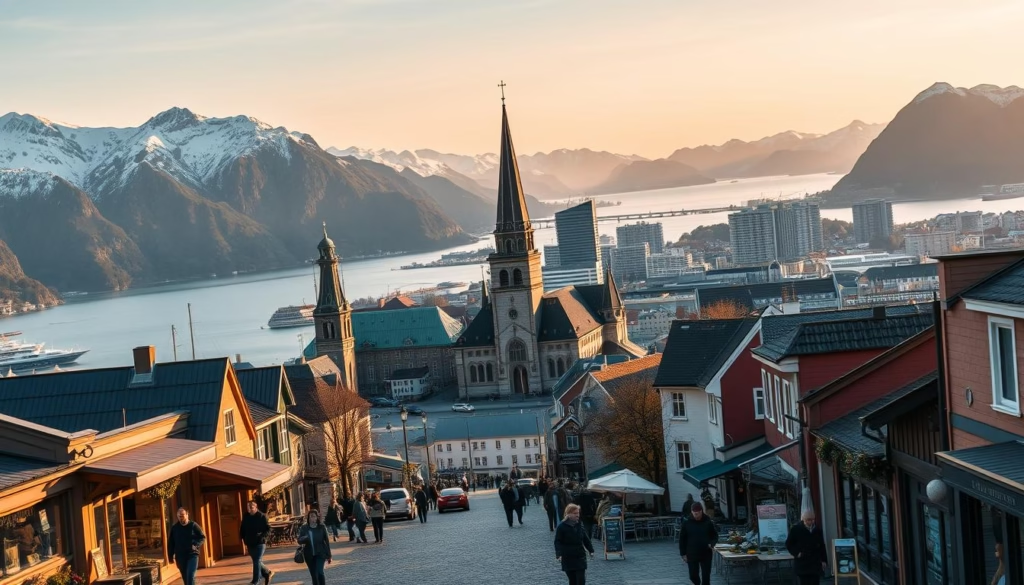
Norway’s regions each tell distinct stories. Coastal towns like Bergen blend fish markets with fjord cruises, while northern Tromsø offers Arctic adventures under swirling auroras. Even smaller spots surprise visitors – Ålesund’s art nouveau architecture rivals Oslo’s modernist marvels.
Consider these factors when planning:
- Travel time between destinations (trains and ferries move slower than you’d expect)
- Seasonal activities (midnight sun hikes vs. northern lights chasing)
- Your preferred pace (relaxed cultural immersion or action-packed days)
| Region | City Highlights | Top Experiences |
|---|---|---|
| Western Fjords | Bergen, Stavanger | Pulpit Rock hikes, seafood safaris |
| Arctic North | Tromsø, Lofoten | Dog sledding, Sami culture tours |
| Southern Coast | Oslo, Kristiansand | Viking museums, archipelago kayaking |
A seven-day trip might explore Oslo’s museums plus Bergen’s waterfront. Ten days? Add Tromsø’s reindeer farms. Remember – even locals haven’t seen everything. The joy lies in savoring each moment, not checking off a list.
Pro tip: Build buffer days for spontaneous discoveries. That hidden sauna complex or unexpected folk concert often becomes the tourist’s favorite memory.
Oslo: The Vibrant Capital Experience
Founded as a Viking trading post in 1040, Norway’s capital surprises visitors with its seamless fusion of medieval history and Scandinavian innovation. Nestled at the Oslofjord’s northern tip, this waterfront city lets you explore Viking ships before lunch and cutting-edge art installations by sunset.
Cultural Highlights and Must-See Museums
Oslo’s museums act as time machines. The Viking Ship Museum displays 9th-century vessels that crossed frozen seas, while the Munch Museum guards the original Scream painting. For something unexpected, the Fram Museum lets you board a polar exploration ship.
Art enthusiasts thrive here. The Astrup Fearnley Museum’s wave-like structure houses provocative modern works, while Vigeland Sculpture Park transforms a green space into an open-air gallery with 200+ bronze figures.
Modern Architecture and Waterfront Attractions
The Opera House’s sloping marble roof doubles as a public plaza – walk uphill from the fjord to panoramic views. Nearby, Aker Brygge’s converted shipyards now buzz with seafood restaurants serving fjord-fresh shrimp.
Smart planning makes Oslo ideal for single-day exploration. Compact walkways connect landmarks within hours, letting you transition from Akershus Fortress’s stone walls to Tjuvholmen’s glass-fronted galleries effortlessly. Don’t miss the hidden saunas floating in the fjord – pure Nordic magic.
Bergen: Gateway to the Fjords
Raindrops glisten on cobblestones as seagulls circle above wooden warehouses – this is Bergen’s magic. Nestled between seven peaks and sapphire waters, Norway’s former capital wears its UNESCO World Heritage status like a crown. The city breathes history through every creaky floorboard in its medieval wharf district.
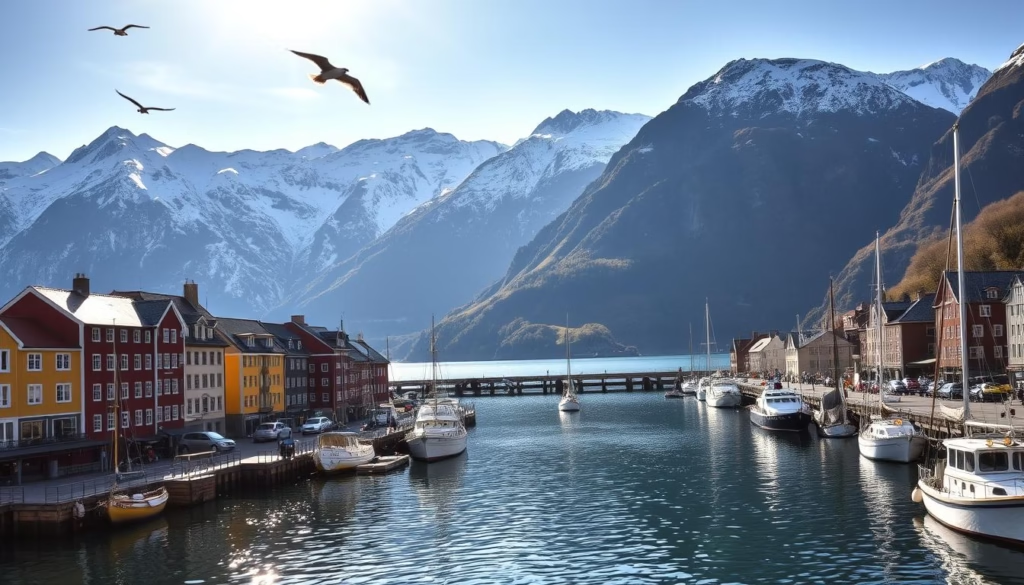
Historic Bryggen Wharf and Local Markets
Bryggen’s rainbow-painted buildings lean together like old friends sharing secrets. These 14th-century merchant houses now shelter artisan workshops and cozy cafés. Follow the scent of fresh waffles to the fish market, where fishermen hawk today’s catch beside tanks of live king crabs.
Don’t miss the Hanseatic Museum’s hidden alleyways. Its preserved trading rooms reveal how merchants stored dried cod for decades. “This wharf was medieval Europe’s Amazon warehouse,” laughs one local guide.
Fjord Cruises and Scenic Excursions
Bergen’s true glory lies beyond its harbor. The Fløibanen funicular whisks you 1,050 feet up Fløyen Mountain in seven minutes. At the top, panoramic views stretch across islands and fjords carved by ancient glaciers.
For deeper exploration, join a cruise through Nærøyfjord’s narrow passageways. Keep eyes peeled for seals sunbathing on rocks as waterfalls tumble down cliffs. Prefer land? The Bergen Railway offers Europe’s most spectacular train ride to Oslo, passing frozen lakes and mountain cabins.
Locals joke, “If you don’t like the weather, wait 15 minutes.” But Bergen’s charm remains constant – a perfect blend of maritime heritage and natural wonder.
Ålesund: Art Nouveau Charm
Reborn from ashes like a Nordic phoenix, this coastal treasure reveals why architecture lovers flock to Norway’s west coast. After a 1904 fire reduced the original settlement to rubble, Ålesund rose with unified Art Nouveau splendor – making it Europe’s largest concentration of this flamboyant architectural style.
Architectural Wonders and Coastal Views
Turreted buildings with floral motifs line cobblestone streets, their pastel facades reflecting in harbor waters. The Jugendstilsenteret museum explains how German architects transformed the town into a living gallery of curved lines and nature-inspired designs.
Locals swear by the Aksla Viewpoint ritual. “Those 418 steps? Think of them as Norway’s stairway to heaven,” grins a café owner. Your climb rewards you with 360-degree vistas – islands dotting sapphire waters, fjord arms reaching into mountains, and fishing boats tracing liquid highways.
Compact walkways lead to hidden courtyards where artisans craft traditional knitwear. Morning brings fish markets bursting with cod hauled from nearby waters, while afternoon light bathes the Art Nouveau district in golden hues perfect for photography.
Day trips reveal why this region dazzles nature enthusiasts. The UNESCO-listed Geirangerfjord lies 90 minutes east, its cliffs plunging into waters deep enough to swallow skyscrapers. Back in town, seafood restaurants serve cloudberries with whipped cream – a sweet finale to days blending cultural discovery with coastal magic.
Stavanger: Coastal City with Rich Heritage
Where wooden cottages meet offshore oil rigs, Stavanger dances between past and present. This southwestern city of 144,000 residents balances medieval charm with energy industry innovation. White-painted homes from the 1700s cluster near sleek glass towers housing petroleum giants.
Gamle Stavanger’s cobblestone lanes showcase Europe’s best-preserved wooden architecture. “These houses survived herring booms and oil crashes,” says a local historian. Nearby, the 12th-century cathedral stands as Norway’s oldest medieval church still in use.
The fishing heritage lives on at Fisketorget market. Sample smoked salmon sandwiches while watching trawlers unload their catch. For modern tastes, restaurants like RE-NAA blend Arctic ingredients with global techniques – one holds a Michelin star.
| Historical Feature | Modern Attraction | Travel Tip |
|---|---|---|
| Gamle Stavanger houses | Norwegian Petroleum Museum | Join guided oil platform tours |
| Stavanger Cathedral | Street art installations | Photograph ‘The Sword in Rock’ monument |
| Old wharf warehouses | Food festival (May-September) | Try fermented fish at Torget square |
Adventure lies an hour east at Lysefjord. Ferries glide past 2,000-foot cliffs to Pulpit Rock’s hiking base. Back in city limits, Solastranden Beach offers swimming with views of oil tankers and sailboats sharing the horizon.
Compact walkways let you explore museums, fishing docks, and art galleries in one afternoon. This area proves Norway’s coastal charm thrives alongside industrial might – a living lesson in balancing tradition with progress.
Trondheim: A Blend of Tradition and Modernity
Step into a city where medieval spires cast shadows on sleek student hubs. Trondheim thrums with energy drawn from its 1,000-year history and Norway’s largest university. The scent of fresh waffles mixes with espresso steam along cobbled lanes, creating an atmosphere that feels both timeless and lively.
Gothic Cathedrals and Medieval History
Nidaros Cathedral’s stone facade tells tales of Viking kings and sacred pilgrimages. This Gothic masterpiece – Scandinavia’s largest medieval building – still hosts royal coronations. Nearby, Kristiansten Fortress offers panoramic views from its 17th-century battlements.
Wander Bakklandet’s waterfront district, where converted warehouses now hide artisan shops. “These buildings survived fires and wars,” notes a local historian. “Now they serve cinnamon buns instead of salted cod.”
Culinary Delights and Local Festivals
Student energy fuels Trondheim’s food scene. Restaurants like Credo transform Arctic ingredients into edible art. Don’t miss the autumn beer festival, where microbrews pair perfectly with reindeer burgers.
Compact walkways connect history with modern Nordic life. Spend a day biking between museums and fjord-side saunas. As locals say, “We keep one foot in the past and both eyes on the future.”
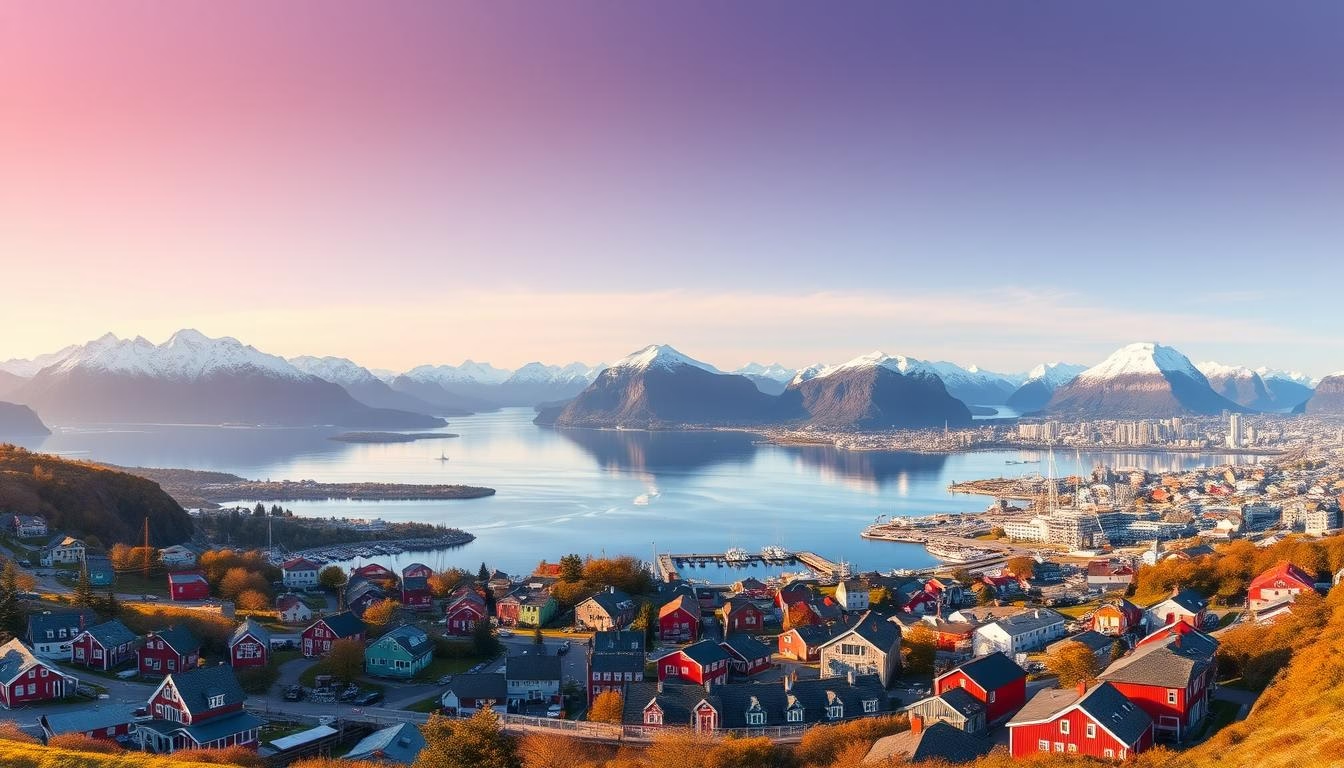
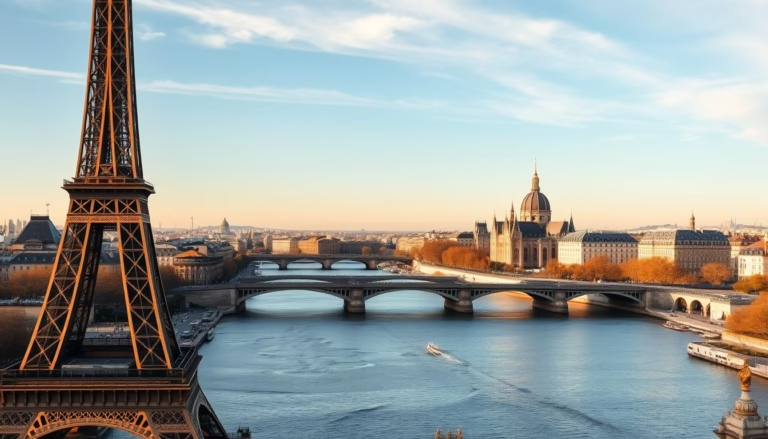
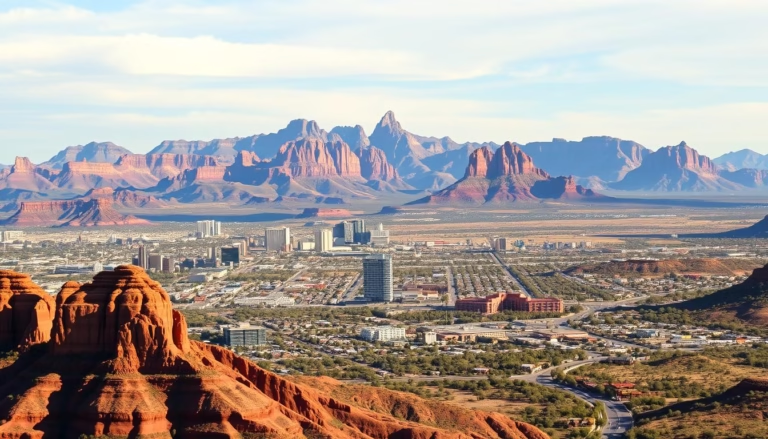
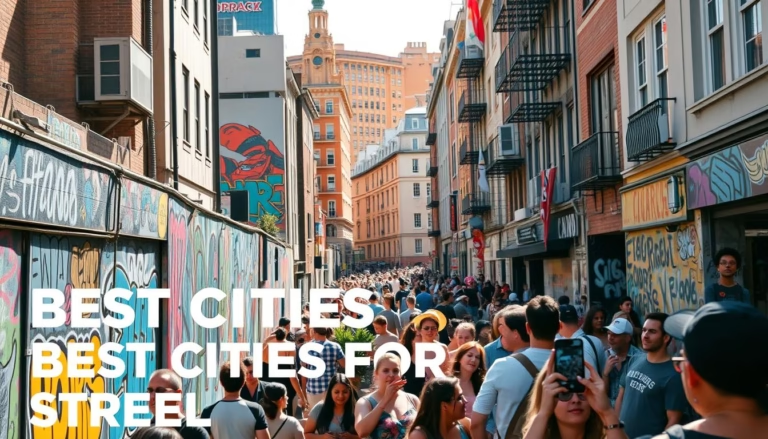
![Experience the Thrill of Helicopter Rides in [Location] 5 helicopter rides](https://boundlesstour.com/wp-content/uploads/2025/08/helicopter-rides-768x439.avif)
